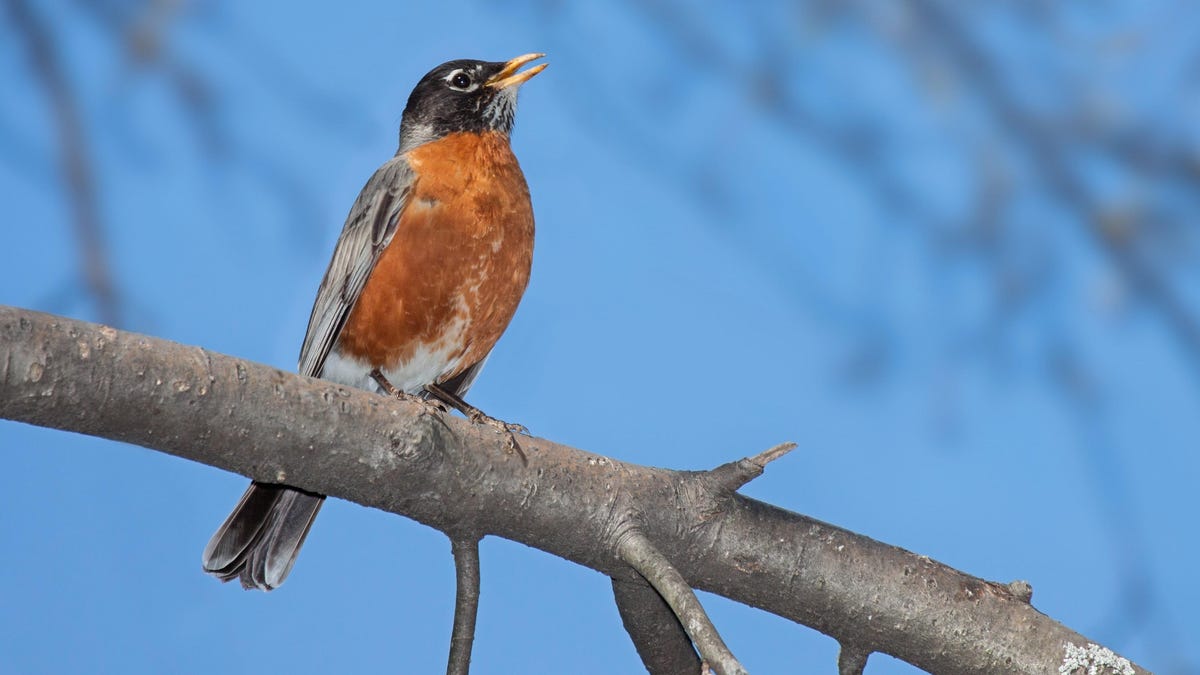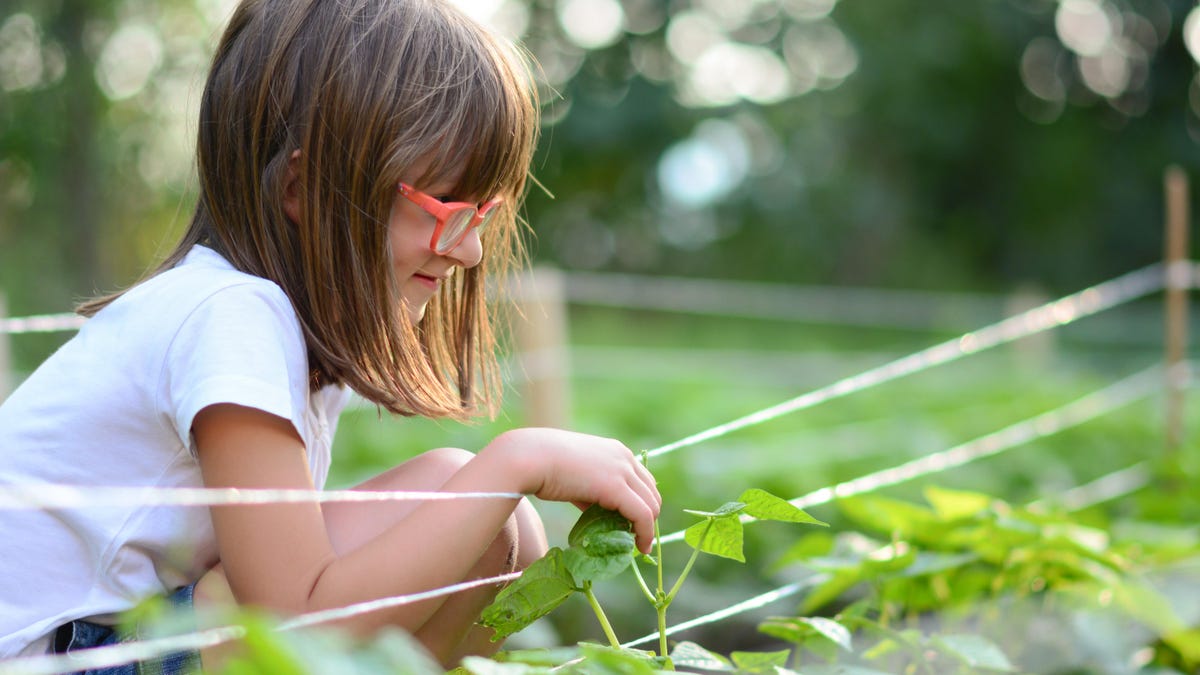This App Can ID Any Bird In Your Neighborhood by Sight or Sound
We become desensitized to the common sounds around us—car alarms, chattering squirrels, the mechanical functions of modern living kicking on and off throughout the day. If you had asked me a week ago what kind of birds live in...

We become desensitized to the common sounds around us—car alarms, chattering squirrels, the mechanical functions of modern living kicking on and off throughout the day. If you had asked me a week ago what kind of birds live in my neighborhood, I could have confidently said “cardinals” (because they are pretty easy to recognize). Otherwise? I have no idea. But after using the Merlin Bird ID app for only a few minutes, I could hear and see so many more feathered neighbors right outside my house.
This app is made possible by the Cornell Lab of Ornithology and bird watchers who have contributed more than 800 million sightings to the eBird app. Now you don’t need a chunky book or a seasoned guide to get started learning about local birds.
How to use the Merlin Bird ID app
Merlin Bird ID is free, but you do have to share some information to use its features. Install the app on your phone and sign up with email.
When you allow the app to access your location, you can download data for identifying birds in your region, or you can choose from many other regions around the world. Merlin can currently identify more than 1,000 species of birds in the United States, Canada, Europe, and Central and South America. As more users share bird sightings around the world, the app will expand to include more species and regions.
You can choose to identify birds by physically describing them, taking a photo, or recording their songs. I chose to play with the sound feature because I’m trying to chill, not stomp around the woods with binoculars.
First I tested the app by playing a recording of a summer tanager song on my computer. It identified the bird right away, but also suggested other possibilities—white wing dove and cardinal. Those birds sound nothing alike, so I wondered what confused the app. Then I realized the very faint calls of a dove and a cardinal were bleeding in from outside my house. I hadn’t even noticed them, but the app did. It’s that good.
When I took the app to my backyard for five minutes of morning nature time, it picked up the sounds of 11 types of bird in my dense city neighborhood. I felt like I was meeting new neighbors for the first time.
Attracting birds
The National Wildlife Federation has these tips for bringing all the birds to you yard:
Install a birdbath so they always have fresh water.Grow native plants like those recommended by the Lady Bird Johnson Wildflower Center. The NWF also recommends reducing the space where you grow lawn in favor of growing more bird-friendly habitats.Don’t use insecticides.Don’t clear away dead trees and keep a brush pile—they provide shelter for birds.Use bird feeders.Now feed your new bird obsession by visiting these sites for more info:
Audubon Guide to North American BirdsBird Academy Birds of the World Celebrate Urban Birds eBird appNational Wildlife FederationListening for distinct bird songs is not unlike searching for Pokémon, and you might find yourself saying things like, “Oh! We caught a chimney swift!” and mimicking their call. Another warning for those who have never paid attention to bird sounds: Once you recognize your bird neighbors’ voices, you may not be able to tune them out again. Seriously, the house sparrows never shut up.

 ShanonG
ShanonG 































